Bloomberg, the New York Times, the Financial Times, Reuters, Politico, and Axios contributed to this report.
OpenAI just rewired itself for the Wall Street era — and the ripple effect pushed Microsoft’s market value back above $4 trillion.
The San Francisco lab behind ChatGPT has finalized a restructuring that turns its for-profit arm into a public benefit corporation called OpenAI Group PBC, still controlled by a nonprofit renamed the OpenAI Foundation. The new setup does two things at once: it preserves the mission-first governance that can hire and fire the for-profit board, and it unlocks the kind of traditional equity that opens doors to massive capital raises and, eventually, a public listing.
Microsoft comes out of this with a 27% stake in OpenAI Group worth about $135 billion — a near 10x on the roughly $13.8 billion it has plowed into the partnership since 2019. Microsoft shares rose about 2% on the news, nudging the software giant over that $4 trillion milestone, right up there with Apple and Nvidia in the rarefied mega-cap club.
For OpenAI, the makeover is about financing an arms race that’s now measured in data centers, power contracts and silicon — not just clever model demos. Sam Altman called an IPO the “most likely path” given the capital needs, while stressing there’s no calendar just yet. Investors are treating it like a when-not-if moment. Nvidia’s Jensen Huang went so far as to say he wouldn’t be surprised to see OpenAI go public next year — and predicted one of the most successful offerings in history.
Control, though, still sits with the nonprofit. The OpenAI Foundation will hold roughly 26% of the equity — valued around $130 billion — and retains the exclusive right to appoint and remove directors of the for-profit board, keeping the stated mission front-and-center: build AI, including eventual AGI, that benefits humanity. Employees and other backers, from SoftBank to Thrive, a16z and Sequoia, hold the remaining 47%. Altman himself isn’t taking equity in the new structure, according to someone close to the company.
The Microsoft-OpenAI relationship also got a fresh coat of paint. The cloud exclusivity that once bound OpenAI to Azure is gone; Microsoft no longer has the right of first refusal to be OpenAI’s compute provider. But the two remain deeply intertwined. OpenAI has committed to spend $250 billion on Azure over time, and Microsoft retains access to OpenAI models through 2032, along with research access until 2030 or until an independent expert panel certifies that AGI has been achieved — whichever comes first. That same panel, whose makeup is still TBD, will also serve as the referee for any claims that OpenAI’s systems have crossed the AGI threshold, a key tripwire that previously would have curtailed Microsoft’s rights.
If all of that sounds like months of tense lawyering, it was. Both the California and Delaware attorneys general — who had leverage because of OpenAI’s nonprofit status and incorporation — signed off after extracting guardrails meant to keep charitable assets aligned with the mission and to prioritize safety. The agreement even bakes geography into governance, keeping both the foundation and the PBC based in California. Bret Taylor, chair of the OpenAI Foundation board, summed up the goal this way: the nonprofit stays in control, but now has a direct path to the resources it needs before AGI arrives.
The financial logic is blunt. Training frontier models, building the power-hungry data centers they require and standing up a global AI platform are budget lines that round to “astronomical.” Altman has talked openly about obligations that could reach into the trillions over time if the industry is to deliver the infrastructure it envisions. That’s why OpenAI has been racing to shed the capital constraints of its original hybrid and make room for major outside investors — and why SoftBank, among others, conditioned fresh cash on this very restructuring.
There’s also a bit of relationship therapy embedded in the deal. As ChatGPT exploded, OpenAI’s compute appetite did too, and the old terms — built around fuzzy triggers like when AGI might be declared — became friction points with Microsoft. Extending the tech-access window to 2032, replacing AGI self-certification with an independent panel, and loosening Azure exclusivity gives both sides flexibility without detonating the partnership that’s powered OpenAI’s rise and Microsoft’s AI push across Windows, Office, and Azure.
None of this dissolves the scrutiny. Critics worry the structure still concentrates too much power in one of the most consequential technologies ever invented; rivals argue it sets a precedent for mission-washing before a pivot to profit. Regulators who signed off made clear they’ll be watching, especially around safety, transparency and the treatment of young users. OpenAI, for its part, says the foundation will fund work on healthcare, disease and “AI resilience” — areas meant to tether the financial upside to public benefit.
For Microsoft, the math is simpler: cement privileged access to the hottest AI engine in the world, turn a multibillion-dollar investment into a stake that could be worth far more if OpenAI lists, and keep Azure at the heart of the most voracious compute buyer on the planet even without exclusivity. For OpenAI, it’s oxygen — a cleaner corporate chassis for raising the extraordinary sums needed to build what it’s promised.
The scoreboard today reads like this: nonprofit in charge, for-profit unleashed, Microsoft richer and still in the loop, and OpenAI one big step closer to ringing a very loud bell on Wall Street.
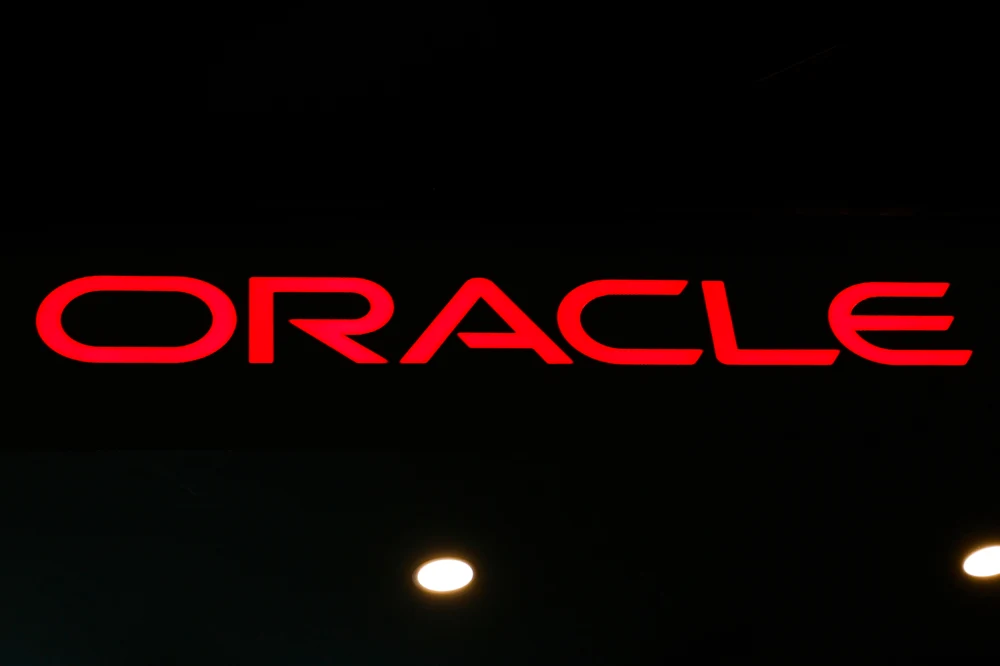
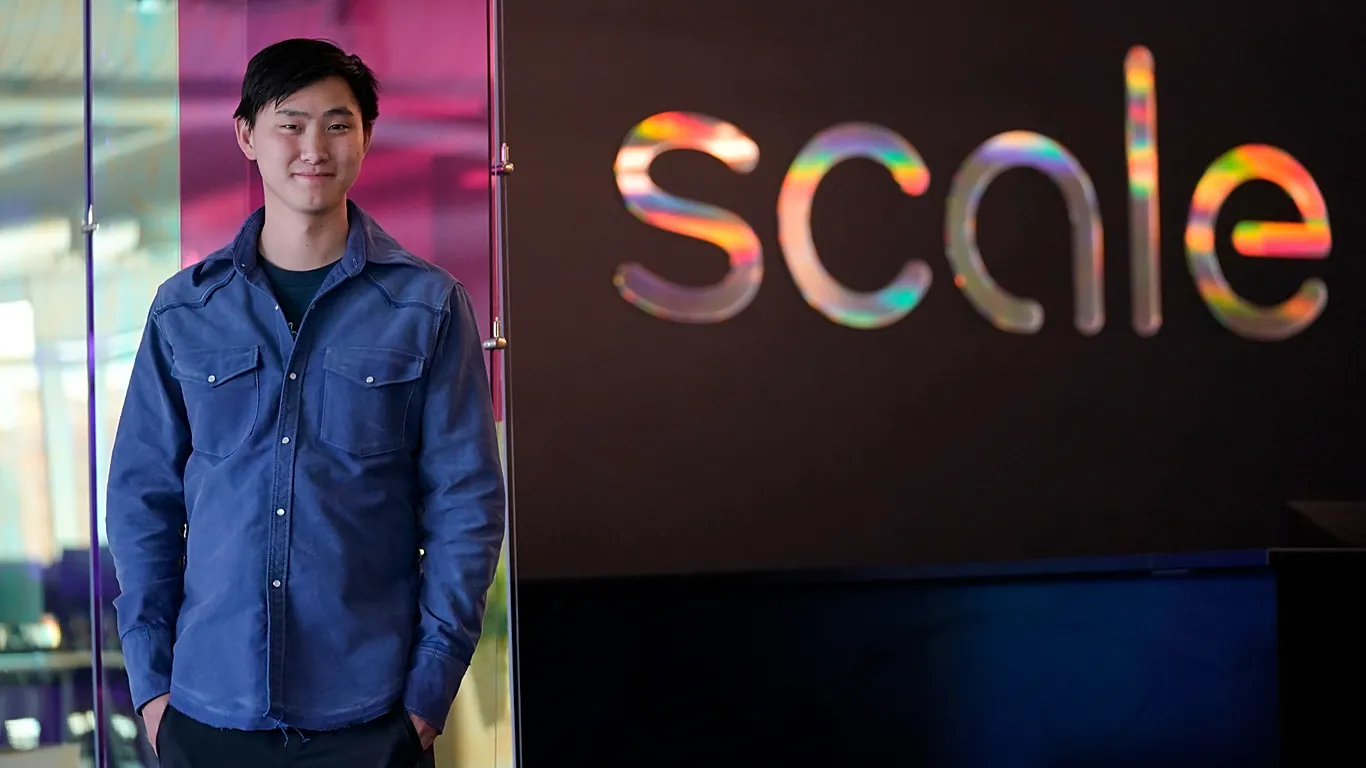

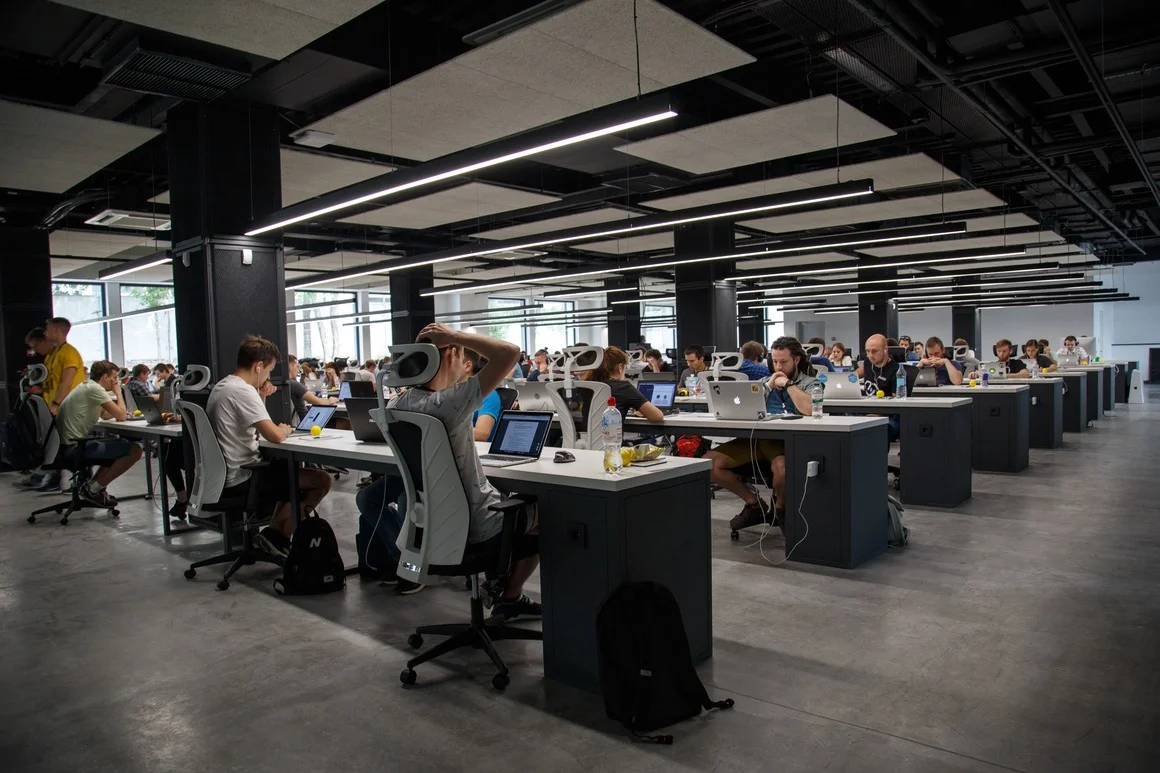
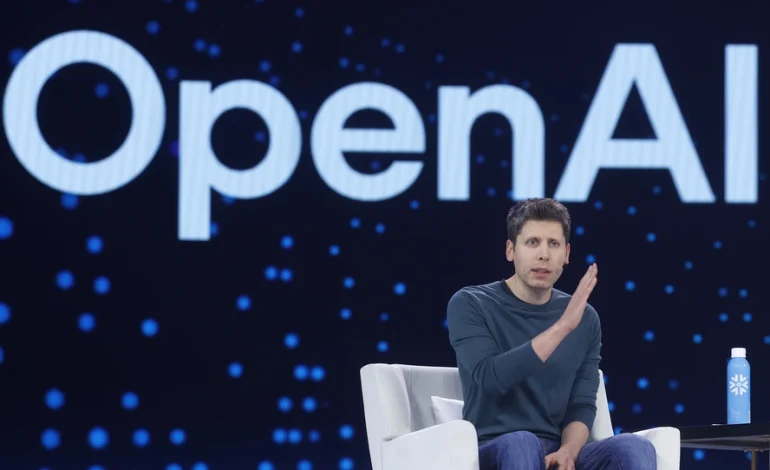


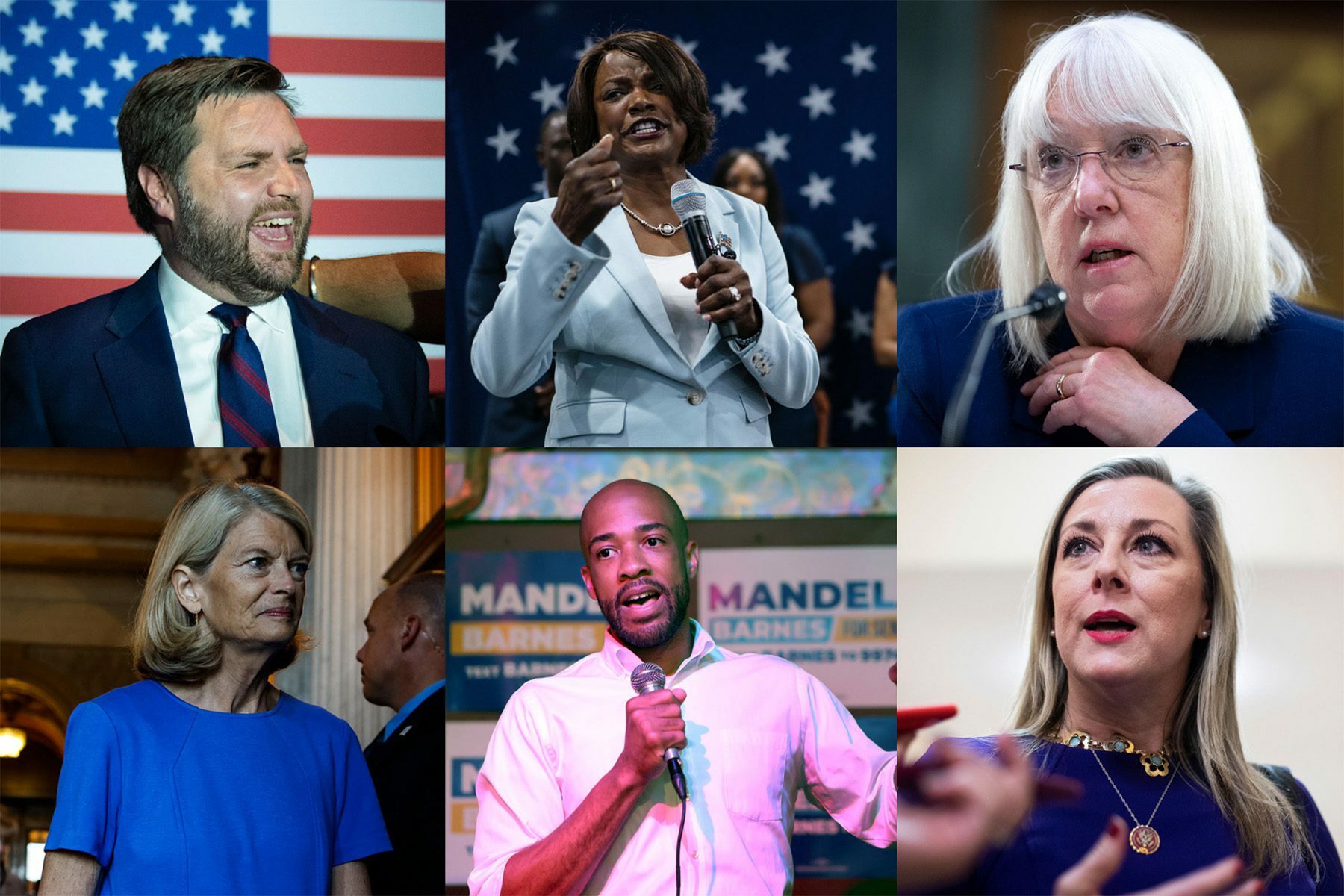
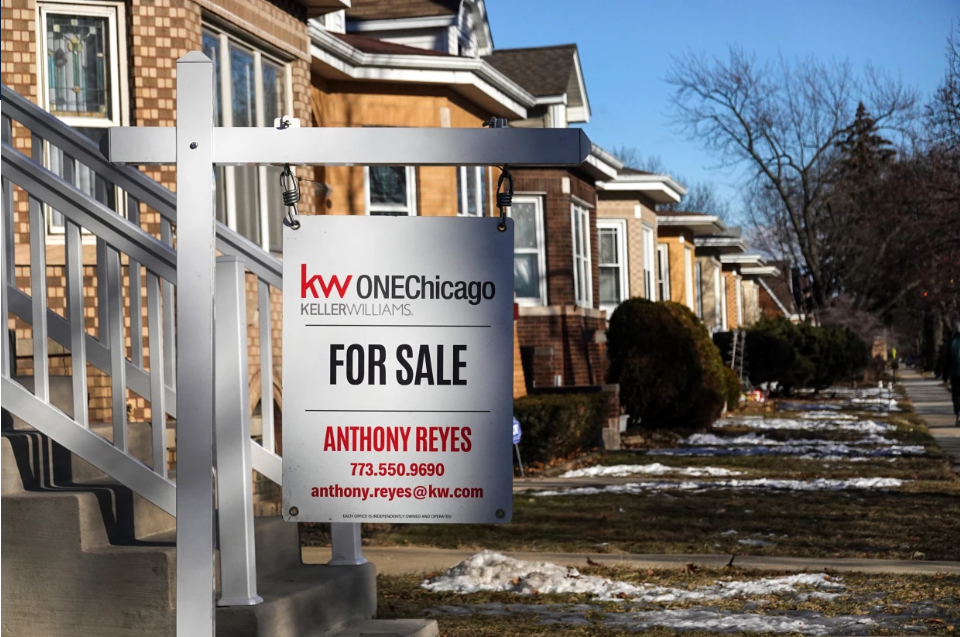
The latest news in your social feeds
Subscribe to our social media platforms to stay tuned